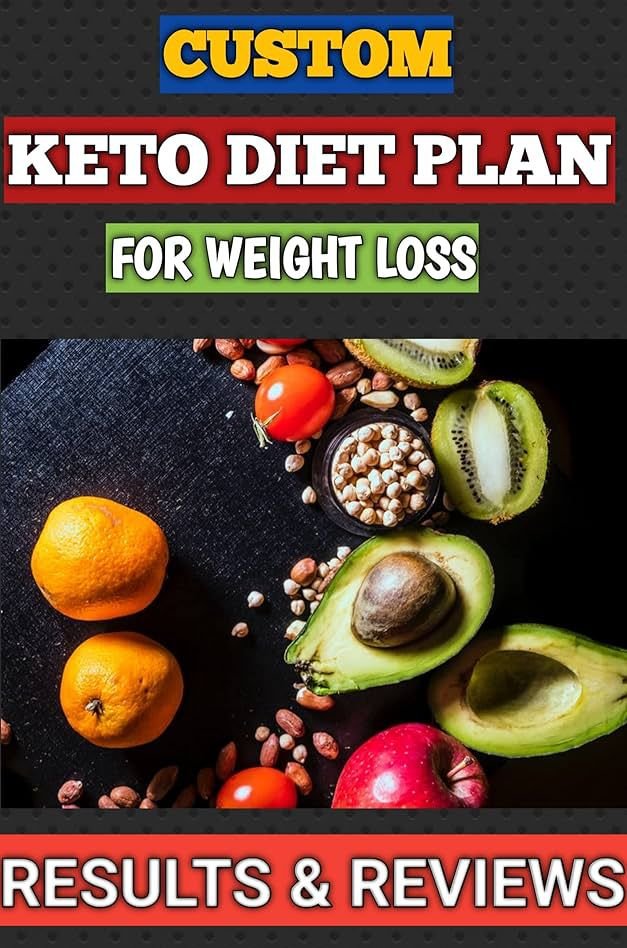A custom keto diet for beginners is a personalized approach to starting the ketogenic (keto) diet, tailored to your preferences, lifestyle, and health goals. Here’s a step-by-step guide to get started:

1. Understand the Basics of Keto
The keto diet is a high-fat, moderate-protein, and very low-carbohydrate diet designed to shift your body into a state of ketosis, where it burns fat for fuel instead of carbohydrates.
Macronutrient Breakdown:
70–80% fat
15–20% protein
5–10% carbohydrates (20–50g net carbs/day)
2. Define Your Goals
Weight Loss: Most common goal for keto beginners.
Improved Energy or Focus: Some use keto for mental clarity and sustained energy.
Health Conditions: Diabetes, epilepsy, or PCOS might also benefit. (Always consult a doctor.)
3. Create Your Custom Keto Meal Plan
Here’s how to personalize:
a) Set Your Caloric Needs
Use an online keto calculator to determine your daily calorie intake based on:
Age, gender, weight, height, and activity level.
b) Choose Foods You Enjoy
Focus on keto-friendly options:
Proteins: Beef, chicken, turkey, eggs, salmon, and pork.
Fats: Avocado, olive oil, butter, coconut oil, nuts, and seeds.
Low-Carb Veggies: Spinach, broccoli, zucchini, cauliflower, and asparagus.
Dairy: Cheese, cream, and full-fat yogurt (if tolerated).
Avoid: Sugary foods, grains, high-carb fruits (e.g., bananas), and starchy vegetables (e.g., potatoes).
c) Meal Timing
Consider how many meals/snacks suit your lifestyle:
3 meals/day or 2 meals + snacks depending on hunger and routine.
4. Sample Custom Keto Meal Plan for Beginners
Breakfast:
2 scrambled eggs cooked in butter
1/2 avocado
Black coffee or tea
Lunch:
Grilled chicken salad with olive oil dressing and cheese
Handful of almonds
Snack (Optional):
Celery sticks with cream cheese or peanut butter (unsweetened)
Dinner:
Baked salmon with roasted broccoli and cauliflower rice
5. Track Your Progress
Use apps like MyFitnessPal or Carb Manager to monitor your macronutrients.
Test ketosis using urine strips or blood ketone monitors.
6. Stay Hydrated & Supplement
Drink plenty of water (8–10 glasses/day).
Add electrolytes (sodium, potassium, magnesium) to avoid the keto flu.
Consider supplements like omega-3s or MCT oil.
7. Gradually Adjust
Start with moderate carb reduction if transitioning to very low carb feels challenging.
Adjust your plan weekly based on results and preferences.
Would you like help creating a detailed 7-day keto meal plan tailored to your preferences?